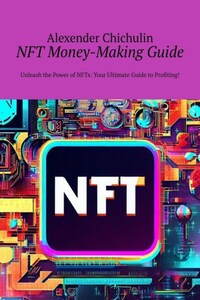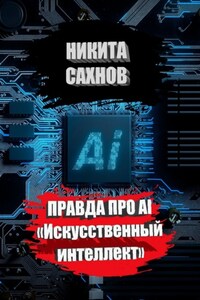In recent years, Non-Fungible Tokens (NFTs) have gained significant attention in the world of cryptocurrencies and digital assets. Unlike traditional cryptocurrencies such as Bitcoin or Ethereum, which are fungible and can be exchanged on a one-to-one basis, NFTs represent unique, indivisible assets on the blockchain.
NFTs are digital tokens that utilize blockchain technology to establish ownership and provenance of digital assets. These assets can take various forms, including artwork, music, videos, virtual real estate, collectibles, in-game items, and more. Each NFT has distinct characteristics, making it different from any other token.
The uniqueness of NFTs is attributed to their underlying metadata, which contains information about the asset, including its ownership, history, and specific attributes. This metadata is stored on a decentralized blockchain, providing transparency, immutability, and security.
NFTs are typically built on blockchain platforms that support smart contracts, such as Ethereum, Binance Smart Chain, or Flow. These smart contracts define the rules and conditions of ownership, transfer, and other functionalities related to the NFT.
One of the key features of NFTs is their ability to be bought, sold, and traded on specialized NFT marketplaces. These platforms serve as a digital marketplace where creators and collectors can interact, facilitating the discovery, purchase, and sale of NFTs.
NFTs have gained popularity due to their potential to create new opportunities for artists, creators, collectors, and investors. They enable digital assets to have verifiable scarcity, provable ownership, and the ability to be monetized in ways that were previously challenging in the digital realm.
It’s important to note that owning an NFT does not necessarily mean owning the copyright or intellectual property rights associated with the underlying asset. NFTs primarily represent ownership of a unique version or access to a digital item, while the copyright and usage rights may remain with the creator or original rights holder.
In summary, NFTs are digital tokens representing unique assets on the blockchain. They utilize blockchain technology to establish ownership, provenance, and authenticity of digital items, offering new possibilities for creators, collectors, and investors in the digital economy.
To understand how NFTs work, let’s explore the underlying mechanisms and technologies that make them unique.
Blockchain Technology:
NFTs are built on blockchain technology, which is a decentralized and transparent digital ledger that records transactions across multiple computers. The most commonly used blockchain for NFTs is Ethereum, although other blockchains like Binance Smart Chain and Flow are also gaining popularity.
Smart Contracts:
NFTs utilize smart contracts, which are self-executing contracts with the terms of the agreement directly written into the code. Smart contracts enable the automation of certain actions and ensure that transactions occur as intended. They play a crucial role in defining the properties and functionalities of NFTs.
Token Standards:
In the Ethereum ecosystem, the most widely adopted standard for NFTs is the ERC-721 standard. It defines the basic functionality and structure of NFTs, including ownership, transferability, and metadata storage. There are also other standards like ERC-1155 that allow for the creation of both fungible and non-fungible tokens.
Unique Identification:
NFTs are distinguished by their unique identification, typically a long string of characters and numbers known as a token ID. Each token ID corresponds to a specific NFT and serves as its unique identifier on the blockchain.
Metadata:
NFTs contain metadata, which is additional information associated with the digital asset. Metadata can include details about the creator, title, description, image or video files, provenance, and other attributes that define the asset. This metadata is stored on the blockchain and can be accessed by anyone.
Provenance and Ownership:
One of the significant advantages of NFTs is their ability to establish provenance and ownership of digital assets. The blockchain records the entire history of ownership and transactions, providing a transparent and immutable record. This enables creators and collectors to verify the authenticity and ownership of an NFT.









